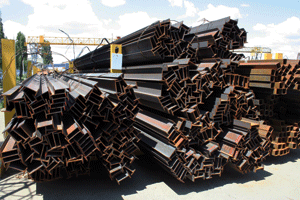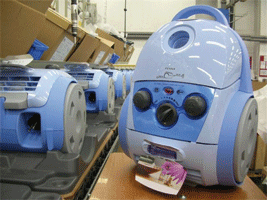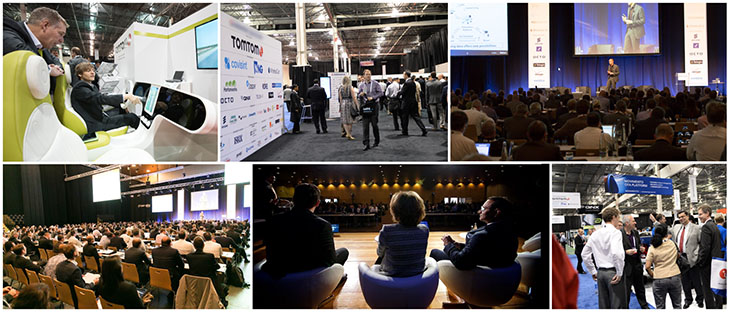The Cisco supply chain is highly diverse, extensive, and global. With more than 300 product families, Cisco has a wide range of gear targeted at a spectrum of customers with vastly different expectations and fulfillment requirements.
Most Cisco products use a configure-to-order (CTO) production model. Products are built based on confirmed customer orders. A large percentage of Cisco growth comes through acquisitions, and they bring their own supply chain requirements and processes that need to be integrated into Cisco core operations.
Like many large enterprises in today’s fiercely competitive climate, Cisco looked toward optimizing its supply chain to increase business scale and agility. Throughout the planning and execution, supply chain stakeholders and Cisco IT kept a laser focus on business requirements and the capabilities needed to support them.
They simplified and consolidated supply chain business processes and the ERP system, and created a standardized, automated, end-to-end workflow. Today, 85 percent of the US$43 billion Cisco revenue is captured on the new platform.The transformation has enabled:
- Nimble expansion into new and emerging markets
- Shorter time to market for new products and offers
- Rapid acquisition integration
- Freight savings
- Intelligent scheduling
- Improved customer and partner experience\
Jun Kim, APJC Supply Chain andManufacturing Operations VP at Cisco will attend Manufacturing Supply Chain Officer Summit as a keynote speaker and share How Cisco Harnessing the Power of Digitization. The summit will be staged in Singapore on 08 June 2017.
Find further information at: http://manufacturing.sco-summit.com/2017/index.php
Contact Us:
Sophie Tong
--To speak or attend, or for general event enquiries
+86 21 3639 7572-805
Jane Tao
--To sponsor or exhibit
+86 21 3639 7572 – 808























